| [1] | S. Eagderi and D. Adriaens, 2014, Cephalic morphology of Ariosoma gilberti (Bathymyrinae: Congridae). Iran. J. Ichthyol., 1(1): 39-50. |
| [2] | Y. Keivany, 2014, Comparative osteology of the suspensorial and opercular series in representatives of the eurypterygian fishes. Iran. J. Ichthyol., 1(2): 73-89. |
| [3] | M. L. J. Stiassny and J. A. Moore, 1992, A review of the pelvic girdle of acanthomorph fishes, with comments of hypotheses of acanthomorph intrarelationships. Zool. J. Linn. Soc., 104: 209-242. |
| [4] | Y. Keivany, and J. S. Nelson, 2004, Phylogenetic relationships of sticklebacks (Gasterosteidae), with emphasis on ninespine sticklebacks (Pungitius spp.). Behaviour, 141(11/12): 1485-1497. |
| [5] | Y. Keivany, and J. S. Nelson, 2006. Interrelationships of Gasterosteiformes (Actinopterygii, Percomorpha). J. Ichthyol., 46(suppl. 1): S84-S96. |
| [6] | Y. Keivany, J. S. Nelson, and P. S. Economidis, 1997, Validity of Pungitius hellenicus, a stickleback fish from Greece. Copeia, 1997(3): 558-564. |
| [7] | J. S. Nelson, 2006, Fishes of the world. Second edition. John Wiley & Sons, New York. 600 pp. |
| [8] | C. Patterson, and G. D. Johnson, 1995. The intermuscular bones and ligaments of Teleostean fishes. Smithson. Contrib. Zool., 1-83. |
| [9] | G. V. Lauder, 1982, Patterns of evolution in the feeding mechanism of actinopterygian fishes. Amer. Zool., 22(2): 275-285. |
| [10] | D. E. Rosen, 1985, An essay on Euteleostean classification. Am. Mus. Nov., (2827): 1-57. |
| [11] | M. L. J. Stiassny, 1996, Basal ctenosquamate relationships and the interrelationships and the interrelationships of the myctophiform (Scopelomorph) fishes, p. 405-426. In: Interrelationships of fishes. M. L. J. Stiassny, L. R. Parenti, and G. D. E. Johnson (eds.). Academic Press, San Diego. |
| [12] | G. J. Nelson, 1969, Gill arches and the phylogeny of fishes, with notes on the classification of vertebrates. Bull. Am. Mus. Nat. Hist., 141: 475-552. |
| [13] | G. V. Lauder, and K. F. Liem, 1983, The evolution and interrelationships of the actinopterygian fishes. Bull. Mus. Comp. Zool., 150: 95-197. |
| [14] | D. E. McAllister, 1968, The evolution of branchiostegals and classification of teleostome fishes. Bull. Natl. Mus. Can., (221): 1-239. |
| [15] | H. K. Mok, 1983, Osteology and phylogeny of Squamipinnes. Taiwan Mus. Spec. Publ. Ser., (1): 1-87. |
| [16] | G. D. Johnson, and C. Patterson. 1993. Percomorph phylogeny: A survey of Acanthomorphs and a new proposal. Bull. Mar. Sci., 52: 554-626. |
| [17] | P. H. Greenwood, D.E. Rosen, S. H. Weitzman, and G. S. Myers, 1966, Phyletic studies of teleostean fishes, with a provisional classification of living forms. Bull. Am. Mus. Nat. Hist., 131: 339-456. |
| [18] | W. R. Taylor, and G. C. Van Dyke, 1985, Revised procedures for staining and clearing small fishes and other vertebrates for bone and cartilage study. Cybium, 9: 107-119. |
| [19] | A. L. Rojo, 1991, Dictionary of evolutionary fish osteology. CRC Press, London. pp. |
| [20] | G. D. Johnson, C.C. Baldwin, M. Okiyama, and Y. Tominaga. 1996, Osteology and relationships of Pseudotrichonotus altivelis (Teleostei: Aulopiformes: Pseudotrichonotidae). Ichthyol. Res., 43: 17-45. |
| [21] | C. C. Baldwin, and G. D. Johnson, 1996, Interrelationships of Aulopiformes, p. 355-404. In: Interrelationships of fishes. M. L. J. Stiassny, L. R. Parenti, and G. D. Johnson (eds.). Academic Press, San Diego. |
| [22] | Carnevale, G., 2004, The first fossil ribbonfish (Teleostei, Lampridiformes, Trachipteridae). Geol. Mag., 141(05), 573-582. |
| [23] | H. D. Reed, 1903, The Cranial Osteology and Systematic Position of the Family Percopsidae. PhD dissertation, Cornell University. |
| [24] | M. L. J. Stiassny, 1993, What are grey mullets? Bull. Mar. Sci., 52: 197-219. |
| [25] | J. M. Patten, and W. Ivantsoff, 1983, A new genus and species of atherinid fish, Dentatherina merceri from the western Pacific. Jpn. J. Ichthyol., 29: 329-339. |
| [26] | G. R. Allen, (1983). Kiunga ballochi, a new genus and species of rainbowfish (Melanotaeniidae) from Papua New Guinea. Trop. Fish Hobb., 32(2): 72-77. |
| [27] | G. R. Allen, 1998, A new genus and species of Rainbowfish (Melanotaeniidae) from fresh waters of Irian Jaya, Indonesia. Rev. Fr. Aquariol., 25(1-2): 11-16. |
| [28] | M. L. J. Stiassny, 1990. Notes on the anatomy and relationships of the Bedotiid fishes of Madagascar, with a taxonomic revision of the genus Rheocles (Atherinomorpha: Bedotiidae). Am. Mus. Nov., (2979): 1-34. |
| [29] | R. M. Alexander, 1967, Mechanisms of the jaws of some atheriniform fish. J. Zool., 151: 233-255. |
| [30] | B. S. Dyer, 1997, Phylogenetic revision of Atherinopsinae (Teleostei, Atherinopsidae), with comments on the systematics of the South American freshwater fish genus Basilichthys Girard. Misc. Publ. Mus. Zool. Univ. Mich., (185): 1-64. |
| [31] | B. S. Dyer, and B. Chernoff, 1996, Phylogenetic relationships among atheriniform fishes (Teleostei: Atherinomorpha). Zool. J. Linn. Soc., 117: 1-69. |
| [32] | R. M. Langille, and B. K. Hall, 1987, Development of the head skeleton of the Japanese medaka, Oryzias latipes (Teleostei). J. Morphol., 193: 135-158. |
| [33] | S. Kužir, Z. Kozarić, E. Gjurčević, B. Baždarić, Z. Petrinec, 2009, Osteological development of the garfish (Belone belone) larvae. Anat. Histol. Embryo., 38(5): 351-354. |
| [34] | B. B. Collette, 1966, Belonion, a new genus of fresh-water needlefishes from South America. Amer. Mus. Nov., (2274). |
| [35] | P. Vandewalle, V. Lambert and E. Parmentier, 2002, Particularities of the bucco-pharyngeal apparatus in Zenarchopterus kampeni (Pisces: Hemiramphidae) and their probable significance in feeding. Belg. J. Zool., 132(2). |
| [36] | L. R. Parenti, 1984, On the relationships of Phallostethid fishes (Atherinomorpha), with notes on the anatomy of Phallostethus dunckeri Regan, 1913. Am. Mus. Nov., (2779): 1-12. |
| [37] | L. R. Parenti, 1981, A phylogenetic and biogeographic analysis of Cyprinodontiform fishes (Teleostei, Atherinomorpha). Bull. Am. Mus. Nat. Hist., 168: 335-557. |
| [38] | Y. Keivany, 2003, Superfacial skull bones in Zagros toothcarp, Aphanius vladykovi (Cyprinodontidae). Iran. J. Biol., 15(3): 25-30. |
| [39] | A. N. Kotlyar, 1996, The osteology, intraspecific structure, and distribution of Rondeletia loricata (Rondeletiidae). J. Ichthyol., 36: 207-221. |
| [40] | A. N. Kotlyar, 1991, Osteology of fish of the suborder Stephanoberycoidei. 2. Melamphaidae. J. Ichthyol., 31: 100-116. |
| [41] | A. N. Kotlyar, 1991b, Osteology of the suborder Stephanoberycoidei. Communication 1. The Stephanoberycidae and Gibberichthyidae. J. Ichthyol., 31: 18-32. |
| [42] | S. J. Zehren, 1979, The comparative Osteology and Phylogeny of the Beryciformes (Pisces, Teleostei). Evol. Monog., 1–389. |
| [43] | A. N. Kotlyar, 1992, Osteology of Sorosichthys ananassa and its position in the systematics of Beryciform fishes (Beryciformes). J. Ichthyol., 32: 56-68. |
| [44] | D. E. Rosen, 1984, Zeiforms as primitive plectognath fishes. Am. Mus. Nov., (2782): 1-45 |
| [45] | J. C. Tyler, B. O'toole, and R. Winterbottom, 2003, Phylogeny of the genera and families of zeiform fishes, with comments on their relationships with tetraodontiforms and caproids. Smithsonian Institution Press. |
| [46] | F. Santini, J. C. Tyler, A. F. Bannikov, and D. S. Baciu, 2006, A phylogeny of extant and fossil buckler dory fishes, family Zeidae (Zeiformes, Acanthomorpha). Cybium, 30(2): 99-107. |
| [47] | H. Ida, 1976, Removal of the family Hypoptychidae from the suborder Ammodytoidei, order Perciformes, to the suborder Gasterosteoidei, order Syngnathiformes. Jpn. J. Ichthyol., 23: 33-42. |
| [48] | P. S. Bowne, 1985, The systematic position of Gasterosteiformes. PhD dissertation. Department of Zoology. University of Alberta, Edmonton, 461 pp. |
| [49] | P. S. Bowne, 1994, Systematics and morphology of the Gasterosteiformes, p. 28-60. In: Evolutionary biology of the threespine stickleback. M. A. Bell and S. A. Foster (eds.). Oxford University Press, Oxford. |
| [50] | Y. Keivany, 1996, Taxonomic revision of the genus Pungitius with emphasis on P. hellenicus. MSc. thesis. Department of Biological Sciences. University of Alberta, Edmonton. 98 pp. |
| [51] | Y. Keivany, 2000, Phylogenetic relationships of Gasterosteiformes (Teleostei, Percomorpha). PhD. dissertation. Department of Biological Sciences. University of Alberta, Edmonton. 201 pp. |
| [52] | J. S. Nelson, 1971, Comparison of the pectoral and pelvic skeleton and of some other bones and their phylogenetic implications in the Aulorhynchidae and Gasterosteidae (Pisces). J. Fish. Res. Bd. Can., 28: 427-442. |
| [53] | Y. Keivany, and J.S. Nelson, 1998. Comparative osteology of the Greek ninespine stickleback, Pungitius hellenicus (Teleostei, Gasterosteidae). J. Ichthyol., 38: 430-440. |
| [54] | Y. Keivany, and J. S. Nelson, 2000, Taxonomic review of the genus Pungitius, ninespine sticklebacks (Teleostei, Gasterosteidae). Cybium, 24(2): 107-122. |
| [55] | T. W. Pietsch, 1978. Evolutionary relationships of the sea moths (Teleostei: Pegasidae) with a classification of gasterosteiform families. Copeia, 1978: 517-529. |
| [56] | K. E. Banister, 1970, The anatomy and taxonomy of Indostomus paradoxus Prashad & Mukerji. Bull. Br. Mus. Nat. Hist. (Zool.), 19: 179-209. |
| [57] | R. Britz, and G. D. Johnson, 2002, “Paradox Lost”: Skeletal ontogeny of Indostomus paradoxus and its significance for the phylogenetic relationships of Indostomidae (Teleostei, Gasterosteiformes). Amer. Mus. Nov., 1-43. |
| [58] | E. Mohr, 1937, Revision der Centriscidae (Acanthopterygii, Centrisciformes. Dana Report, 13K. |
| [59] | J. W. Orr, 1995, Phylogenetic relationships of Gasterosteiform fishes (Teleostei: Acanthomorpha). PhD dissertation. Department of Zoology. University of Washington, Seattle, 813 pp. |
| [60] | R. Britz, and M. Kottelat, 2003, Descriptive osteology of the family Chaudhuriidae (Teleostei, Synbranchiformes, Mastacembeloidei), with a discussion of its relationships. Amer. Mus. Nov., 1-62. |
| [61] | H. Imamura, 2000, An alternative hypothesis on the phylogenetic position of the family Dactylopteridae (Pisces: Teleostei), with a proposed new classification. Ichthyol. Res., 47(3-4): 203-222. |
| [62] | W. N. Eschmeyer, 1997, A new species of Dactylopteridae (Pisces) from the Philippines and Australia, with a brief synopsis of the family. Bull. Mar. Sci., 60(3): 727-738. |
| [63] | G. Shinohara, 1994, Comparative morphology and phylogeny of the suborder Hexagrammoidei and related taxa (Pisces: Scorpaeniformes). Mem. Fac. Fish. Hokk. Univ., 41: 1-97. |
| [64] | T. Kanayama, 1991, Taxonomy and phylogeny of the family Agonidae (Pisces: Scorpaeniformes). Mem. Fac. Fish. Hokkaido Univ., 38: 1-199. |
| [65] | S. M. Norris, 2001, Osteology of the southwestern darters, Ethostoma (Oligocephalus) (Teleostei, Percidae)-with comparison to other North American percid fishes. |
| [66] | M. J. Elshoud-Oldenhave, and J. W. Osse, 1976, Functional morphology of the feeding system in the ruff-Gymnocephalus cernua (L. 1758)-(Teleostei, Percidae). J. Morphol., 150(2): 399-422. |
| [67] | J. C. Bruner, 2011, A phylogenetic analysis of Percidae using osteology. Biology, management, and culture of walleye and sauger. Bethesda, MD: American Fisheries Society, 5-84. |
| [68] | A. E. Spreitzer, 1979, The life history, external morphology, and osteology of the eastern sand darter, Ammocrypta pellucida (Putnam, 1863), an endangered Ohio species (Pisces: Percidae). PhD dissertation, The Ohio State University. |
| [69] | G. D. Johnson, and V. G. Springer, 1997, Elassoma: another look, p. 176. In: Abstracts of the 77th ASIH annual meeting, University of Washington, Seattle. |
| [70] | W. J. Jones, and J. M. Quatrro, 1999, Phylogenetic affinities of pygmy sunfishes (Elassoma) inferred from mitochondrial DNA sequences. Copeia, 1992: 470-474. |
| [71] | A. R. Emery, 1973, Comparative ecology and functional osteology of fourteen species of damselfish (Pisces: Pomacentridae) at Alligator Reef, Florida Keys. Bull. Mar. Sci., 23(3), 649-770. |
| [72] | B. Frederich, E. Parmentier, and P. Vandewalle, 2006, A preliminary study of development of the buccal apparatus in Pomacentridae (Teleostei, Perciformes). Anim. Biol. Leid., 56(3): 351-372. |
| [73] | A. R. Emery, 1980, The osteology of Lepidozygus tapeinosoma (Pisces: Pomacentridae). Bull. Mar. Sci., 30(Supplement 1): 213-236. |
| [74] | M. Matsuoka, 1985, Osteological development of the Red Sea bream, Pagrus major. Jpn. J. Ichthyol., 32: 35-51. |
| [75] | M. L. J. Stiassny, 1990b, Tylochromis, relationships and the phylogenetic status of the African Cichlidae. Am. Mus. Nov., (2993): 1-14. |
| [76] | D. Doyle, 1998, Osteology of Dactyloscopus tridigitatus (Dactyloscopidae: Blennioidei). Bull. Mar. Sci., 63: 51-81. |

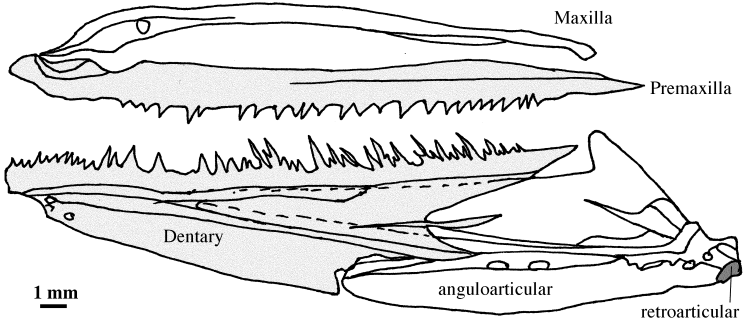

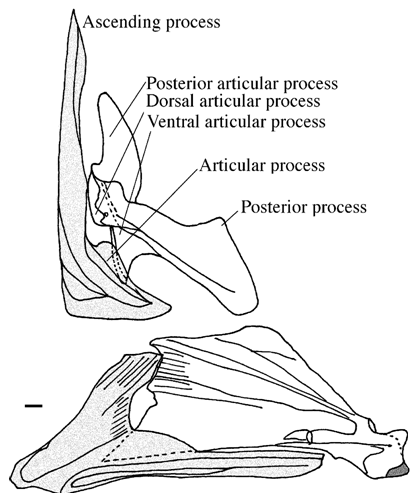

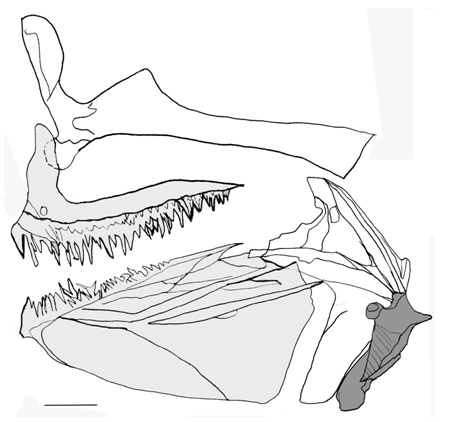

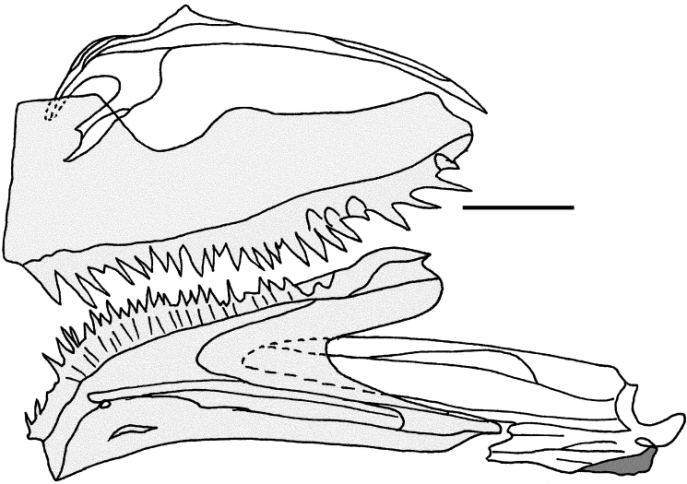
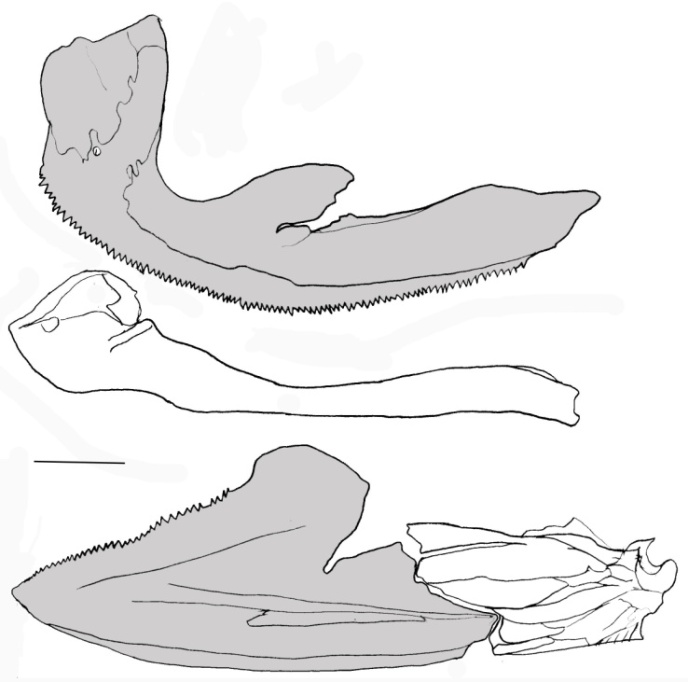


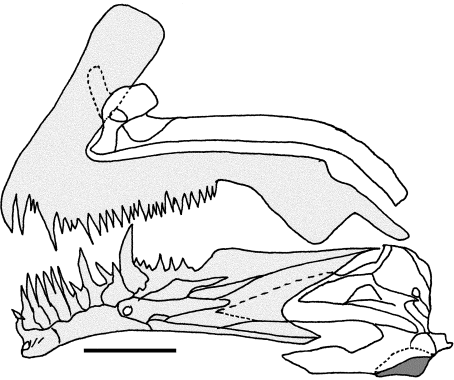


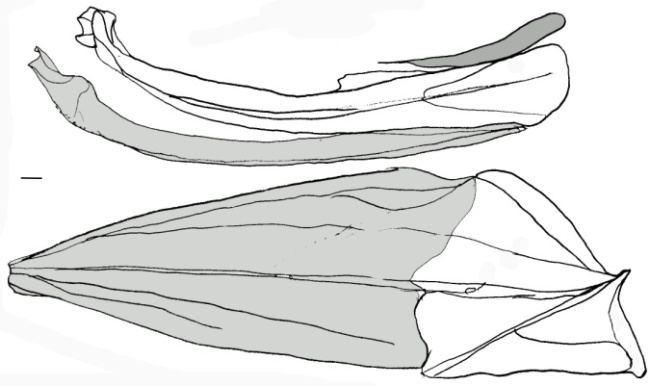
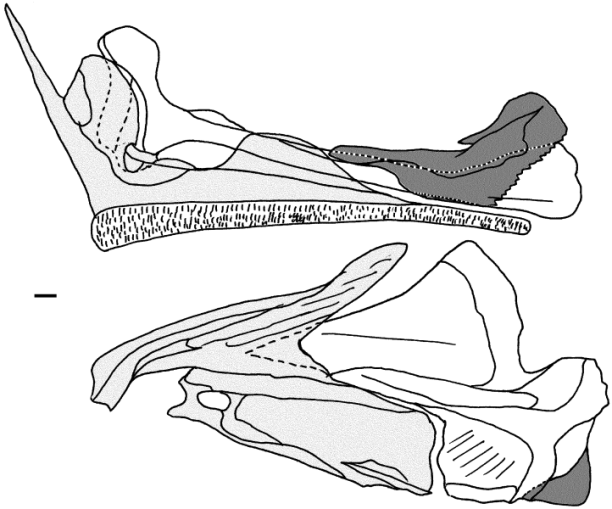


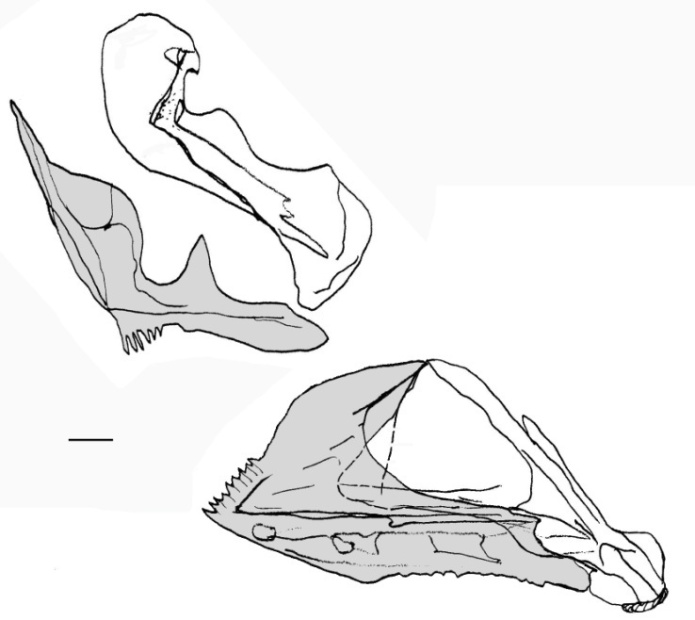
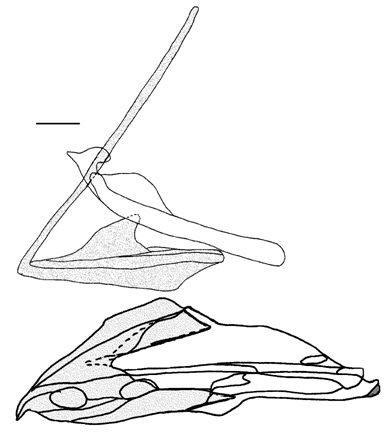
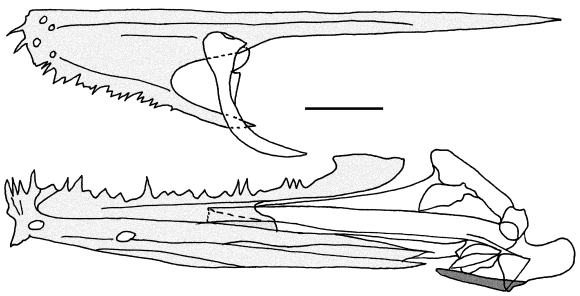
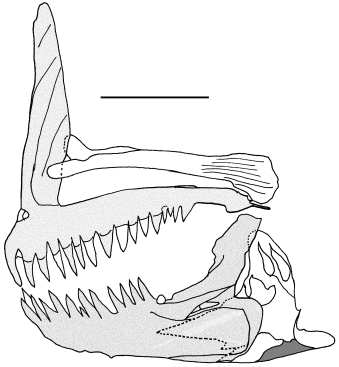
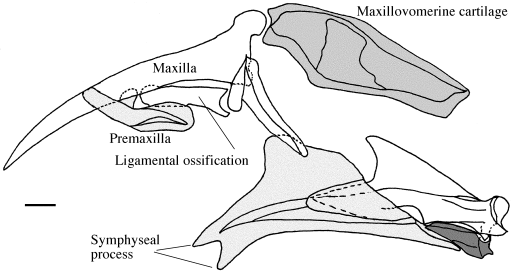



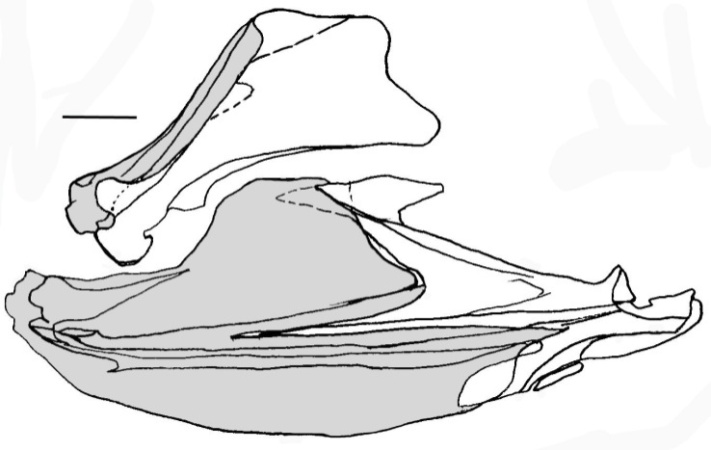


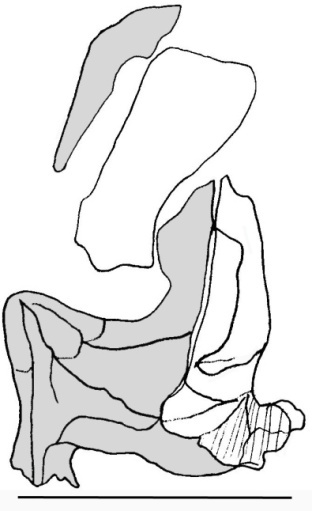




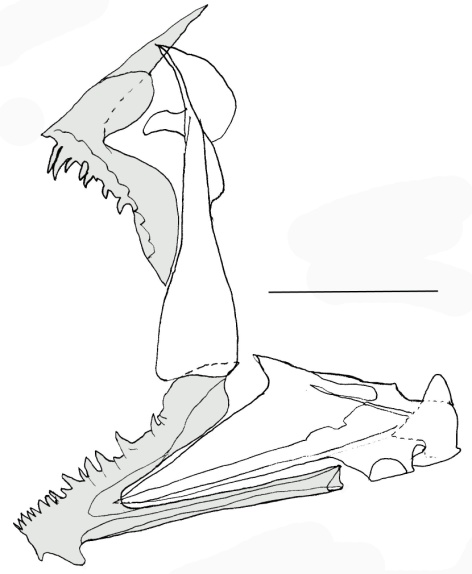

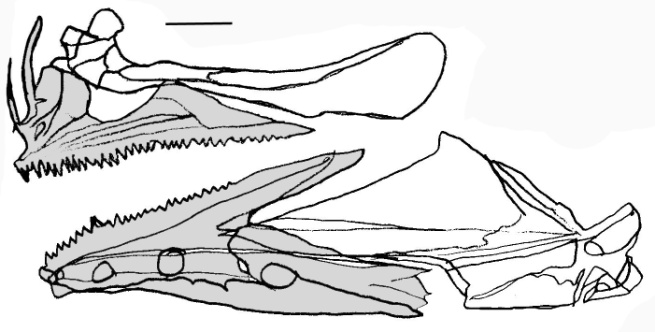

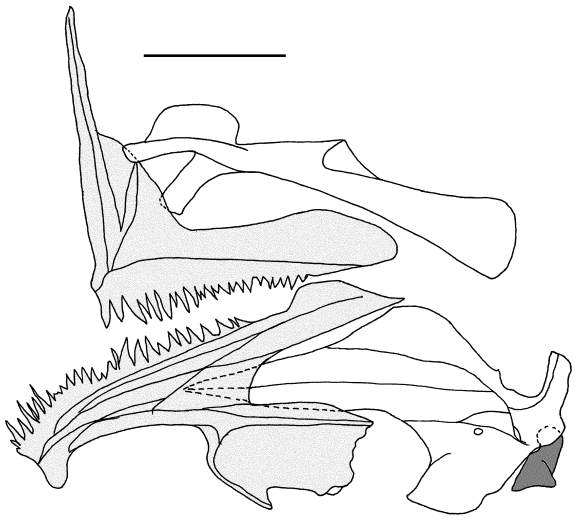
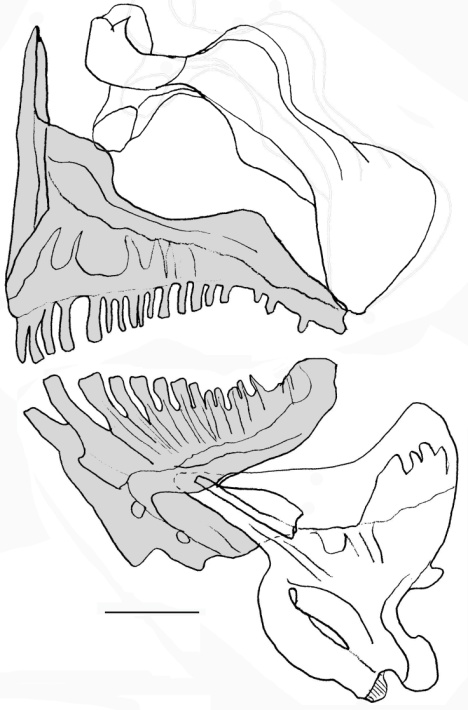
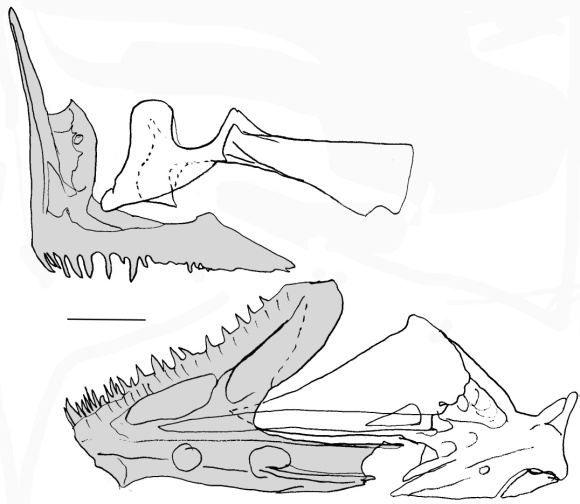
 Abstract
Abstract Reference
Reference Full-Text PDF
Full-Text PDF Full-text HTML
Full-text HTML